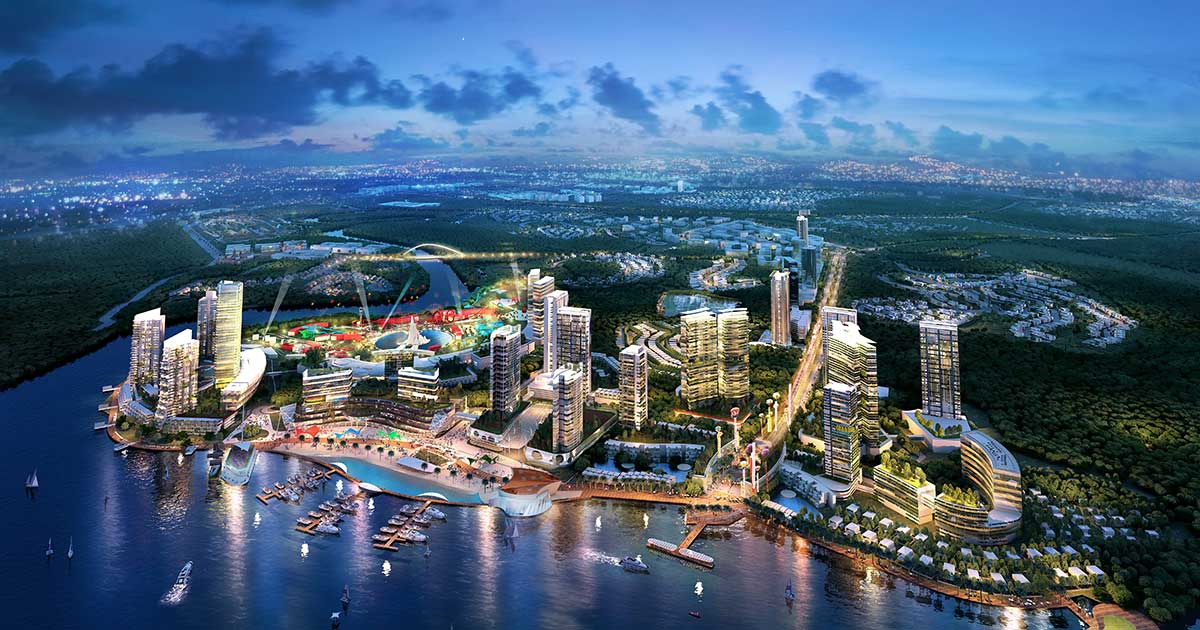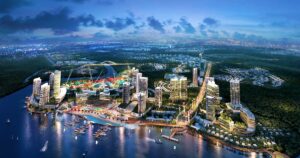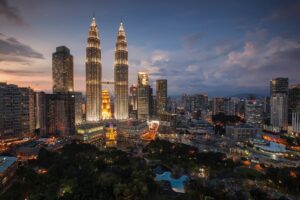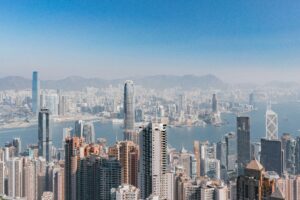- Singapore and Malaysia have joined forces to develop this special economic zone, aiming to boost trade and investment.
- The initiative includes innovative measures such as passport-free travel, which promises to streamline cross-border movement.
Key Infrastructure Projects Underway
Key infrastructure developments are central to the SEZ’s success. Notably, the Johor Bahru-Singapore Rapid Transit System (RTS) Link is making significant progress. Once completed, this 4km light rail shuttle will cut travel time between the two regions to just 15 minutes, including customs and immigration processes. This improvement in connectivity is expected to facilitate smoother movement of people and goods, enhancing the SEZ’s attractiveness to investors and businesses alike.

Addressing Business Concerns: Labor and Logistics
Businesses have voiced concerns about labor availability, cross-border movement, and investment facilitation within the SEZ. The Singapore Business Federation (SBF) has formed a working group to address these issues. Recommendations include harmonized workforce regulations, streamlined customs procedures, and improved infrastructure to support smoother travel and operations. These measures are crucial for attracting and retaining talent, ensuring the SEZ’s success.

Legal and Investor Protections
Amidst the optimism, some investors are dealing with legal challenges. A class action lawsuit has been launched by a group of property owners over ownership rights, highlighting the importance of clear and transparent investment processes. Ensuring legal clarity and investor protections will be key to maintaining confidence and promoting sustainable growth within the SEZ.
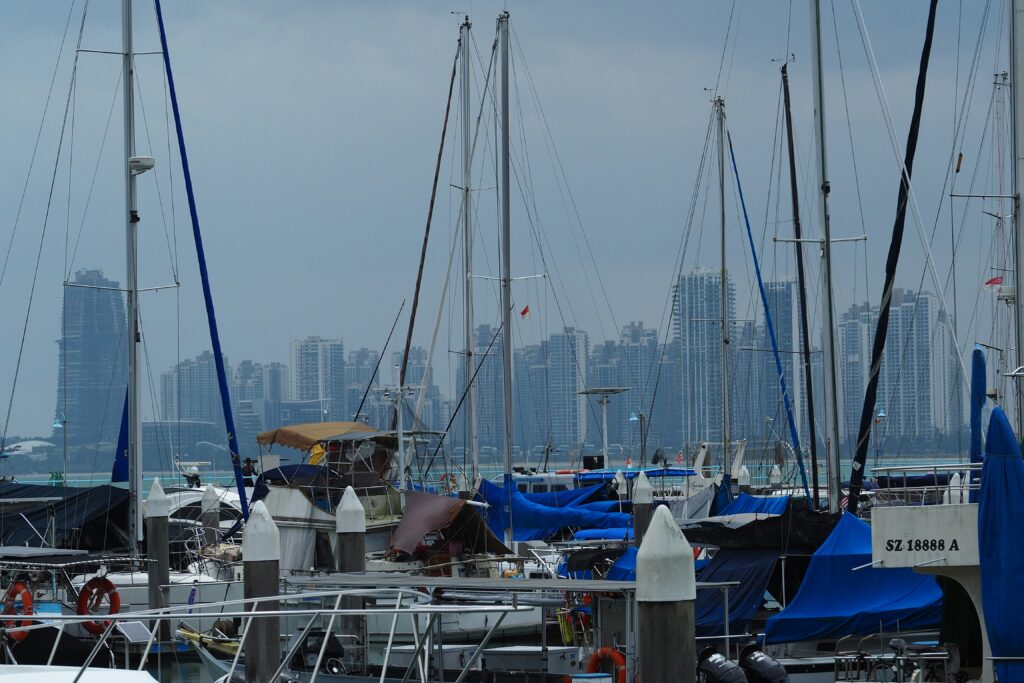
Balancing Regional Growth and Stability
With significant investments flowing into Johor, there are questions about Singapore‘s economic future. However, experts believe that Singapore can maintain its competitive edge by continuing to innovate and move up the value chain. The SEZ offers a symbiotic relationship, allowing both regions to benefit from each other’s strengths without undermining Singapore’s position as a global economic hub.
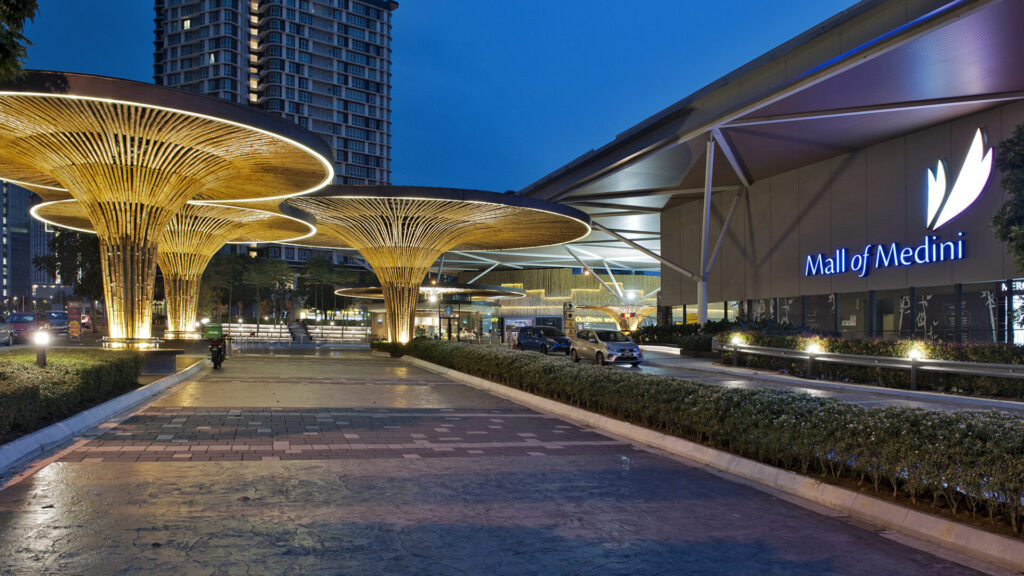
In-Person Insights
I recently visited the area to witness the developments firsthand. Speaking with local agents and exploring the properties, I observed a quiet yet well-maintained environment. The cleanliness and professionalism of the security were impressive, but the area felt almost too quiet.
This tranquility, while appealing, raises questions about the current level of activity and investment in the region. However, the foundational infrastructure and strategic location suggest strong future potential for growth and development.
The local shopping center, Mall of Medini, features charming cafeterias and a decent supermarket stocked with mostly imported products, although it isn’t very large. Nearby Legoland serves as a notable attraction, adding a touch of excitement to the otherwise serene locale. One downside was the limited availability of drivers on most food delivery apps, which indicates that the area is still in the early stages of attracting a more robust residential and commercial presence.
